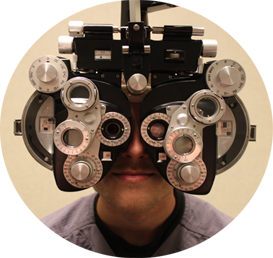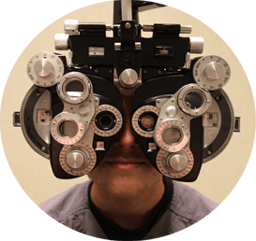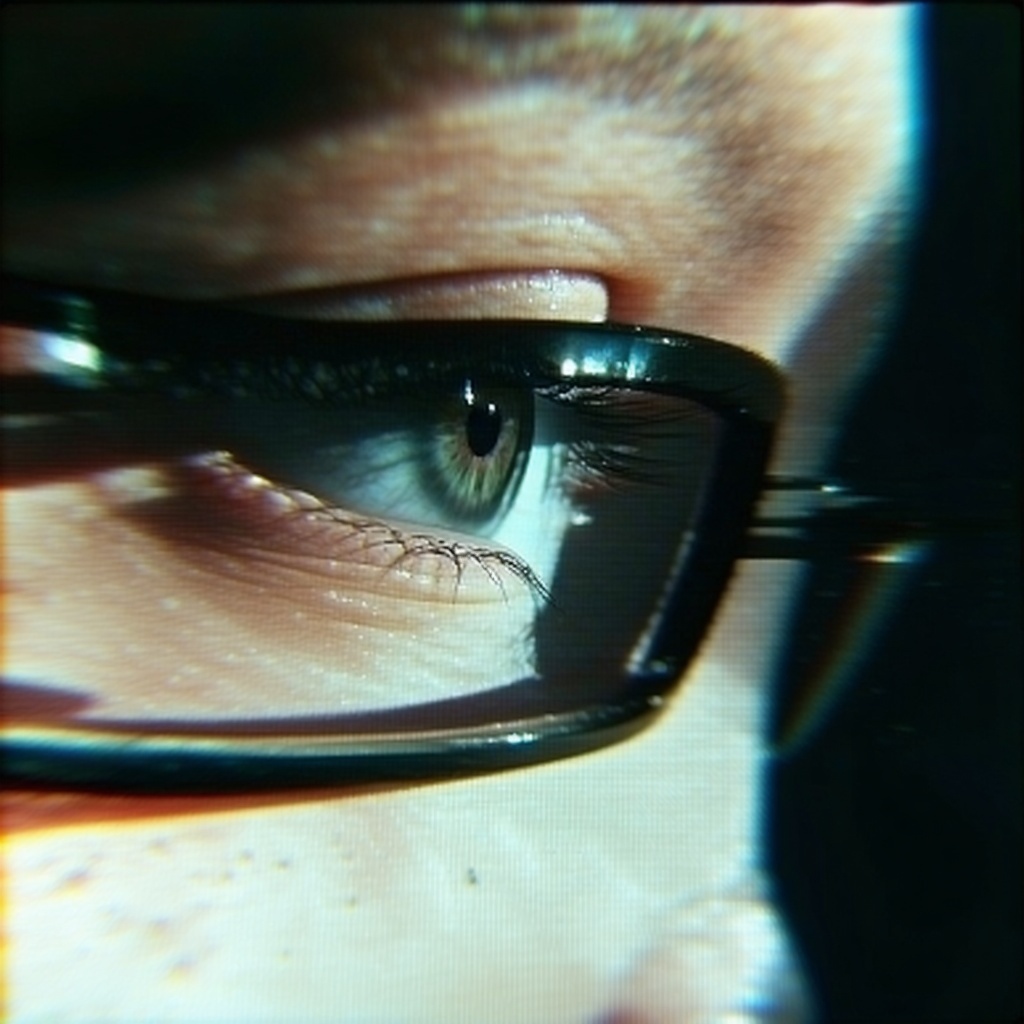

It's commonly believed that 20/20 vision is considered "perfect," but what does that truly signify? Perfect according to whom, and why? And what about those individuals who claim to have vision better than 20/20? Is that even feasible? Interestingly, nearly half of U.S. adults do not possess 20/20 vision. Our standard of perfection is one that many cannot achieve!
How is 20/20 vision defined?
In the simplest terms, "20/20" means you can see at a distance of 20 feet what you are expected to see at that distance. Does that seem unclear? It might. Essentially, a Dutch ophthalmologist named Herman Snellen created an eye chart (the Snellen chart—you've likely encountered one) in 1862, which, from a distance of 20 feet, displayed lines of letters to assess a person's visual acuity. It begins at the 20/200 line (indicating that what you see at 20 feet is what others can see from 200 feet—meaning you need to be much closer to see what others can see at 200 feet) and aims for 20/20 as the standard.
While it may seem somewhat arbitrary, Snellen's system for measuring vision and the terminology he introduced remain in use today. If it isn't broken, don't fix it.
Perfect vision isn't defined as 20/20 everywhere. In fact, that's primarily how it's referred to in the U.S. Countries using the metric system refer to it as 6/6, indicating 6 meters instead of 20 feet.
Is 20/20 the best possible vision?
No, you can have vision better than 20/20. For instance, if your vision is 20/15, it means you can stand five feet further back and read the Snellen chart as clearly as someone else five feet closer. In fact, many individuals who have undergone LASIK report achieving better than 20/20 vision six months post-surgery.
Does this mean I could see as well as my pet falcon? (I forgot to mention, I'm a falconer.)
Oh, interesting hobby! Can I pet her? No? And I should stand further back? Oh, okay, sorry.
The answer is no. Birds of prey have vision approximately eight times sharper than humans, closer to 20/2 vision. I wouldn't count on matching that.
More importantly, about 94% of participants in a clinical study who underwent LASIK achieved 20/20 vision or better six months after the procedure. However, there are potential side effects, with the most common being dry eye or visual disturbances.
Therefore, there's more to consider than just the potential for 20/20 or better vision (20/15). If you're among the nearly half of American adults with less-than-optimal vision, you can consult Dr. Lindahl about your expectations and concerns, and he can discuss your options.

New Year, New Vision!
Are you ready for 2021? Will you make the standard list of resolutions – all with the best of intentions to put yourself first? It’s tempting to...

Does Medicare Cover LASIK Eye Surgery?
It’s never too late to take steps to correct your vision, and many older adults on Medicare may be wondering if and how LASIK eye surgery is covered...
 The Rochester Eye & Laser Team
The Rochester Eye & Laser Team

